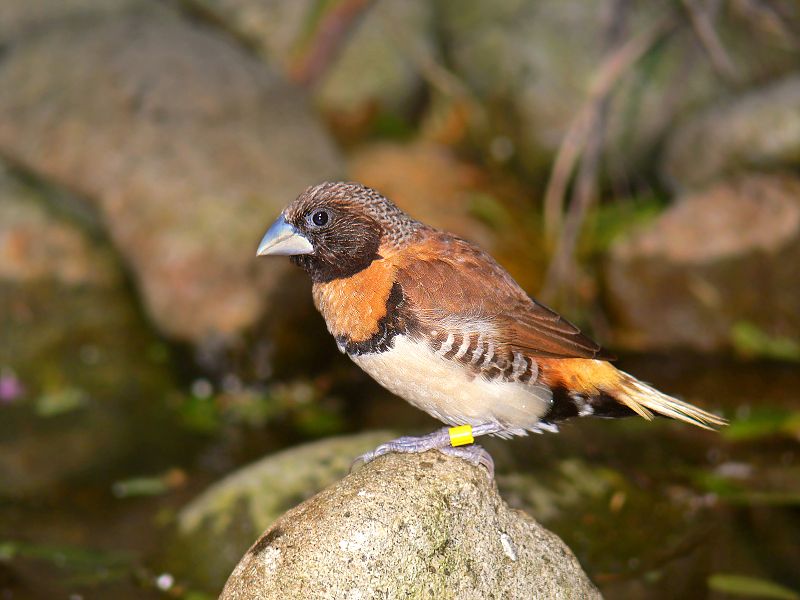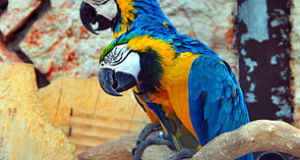Many popular finches will live for years on relatively simple diets composed of a few types of seed. However, studies of wild finches have revealed that most consume a wide range of other foods. The following suggestions will help you to maintain your finches in peak health, color and breeding condition… a bit more work than simply filling a feed cup with seeds each day, but well-worthwhile.
A Look at Finch Natural History
I think the popular designation of finches as “seedeaters” has contributed to a lack of understanding of their true needs. In many habitats, grasses and other plants produce seeds only once each year, and so are not always available. Even in the tropics, seed production is regulated by rainfall and temperature, and many plants seed sporadically rather than seasonally. Finches must therefore rely heavily upon insects, spiders and other invertebrates, buds, sprouts, fruit, plant shoots and other such foods.
General Principles
Depending upon the species of finch you keep, small amounts of the foods suggested here and in Part II of this article should be regularly offered on a daily basis. Always research your bird’s natural habitats – The Finch Handbook is a very useful reference, and of course feel free to write me if you need more info.
Be sure to introduce new foods slowly. Providing large amounts of novel foods at once, especially in the springtime, may help to bring certain finches into breeding condition by mimicking what happens in the wild as the seasons change; insects and sprouts are especially useful in this regard.
Feeding Style: Amounts and Frequency
 Most finches are very active, and, considering their size, require considerably more food than do many larger birds. Those housed in large flight cages or outdoor aviaries, and pairs raising chicks, expend a great deal of energy and will astonish you with their appetites…be sure to monitor their intake.
Most finches are very active, and, considering their size, require considerably more food than do many larger birds. Those housed in large flight cages or outdoor aviaries, and pairs raising chicks, expend a great deal of energy and will astonish you with their appetites…be sure to monitor their intake.
Eggs, Softbill Diets, fruit and other perishable foods should be removed promptly if uneaten. I prefer to feed finches twice daily, with seed being always available and other foods being given in the morning and late afternoon. A mid-day snack of insects or another favorite will keep your birds alert and interested.
Further Reading
This well-written article on the Fabulous Finch website illustrates the importance of dietary changes to wild and captive Gouldian Finches; the general principles can be applied to the care of many species.
Nutritional Considerations: Finches and Softbills
Gold Finch image referenced from wikipedia and originally posted by David Friel
Chestnut-breasted Mannakin image referenced from wikipedia and originally posted by Benjamint444
 That Bird Blog – Bird Care and History for Pet Birds
That Bird Blog – Bird Care and History for Pet Birds




